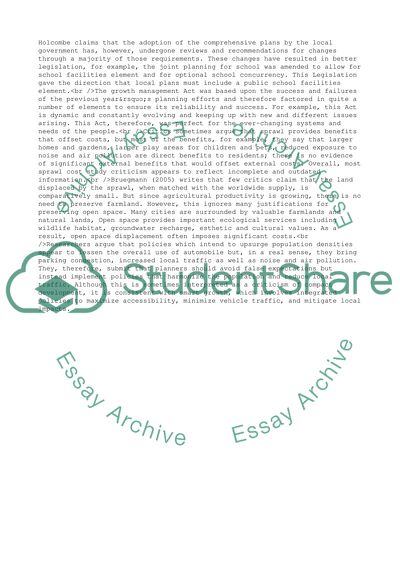Cite this document
(Standard Form of Smart Cities Essay Example | Topics and Well Written Essays - 1500 words - 1, n.d.)
Standard Form of Smart Cities Essay Example | Topics and Well Written Essays - 1500 words - 1. https://studentshare.org/management/1872481-final-examination
Standard Form of Smart Cities Essay Example | Topics and Well Written Essays - 1500 words - 1. https://studentshare.org/management/1872481-final-examination
(Standard Form of Smart Cities Essay Example | Topics and Well Written Essays - 1500 Words - 1)
Standard Form of Smart Cities Essay Example | Topics and Well Written Essays - 1500 Words - 1. https://studentshare.org/management/1872481-final-examination.
Standard Form of Smart Cities Essay Example | Topics and Well Written Essays - 1500 Words - 1. https://studentshare.org/management/1872481-final-examination.
“Standard Form of Smart Cities Essay Example | Topics and Well Written Essays - 1500 Words - 1”. https://studentshare.org/management/1872481-final-examination.


